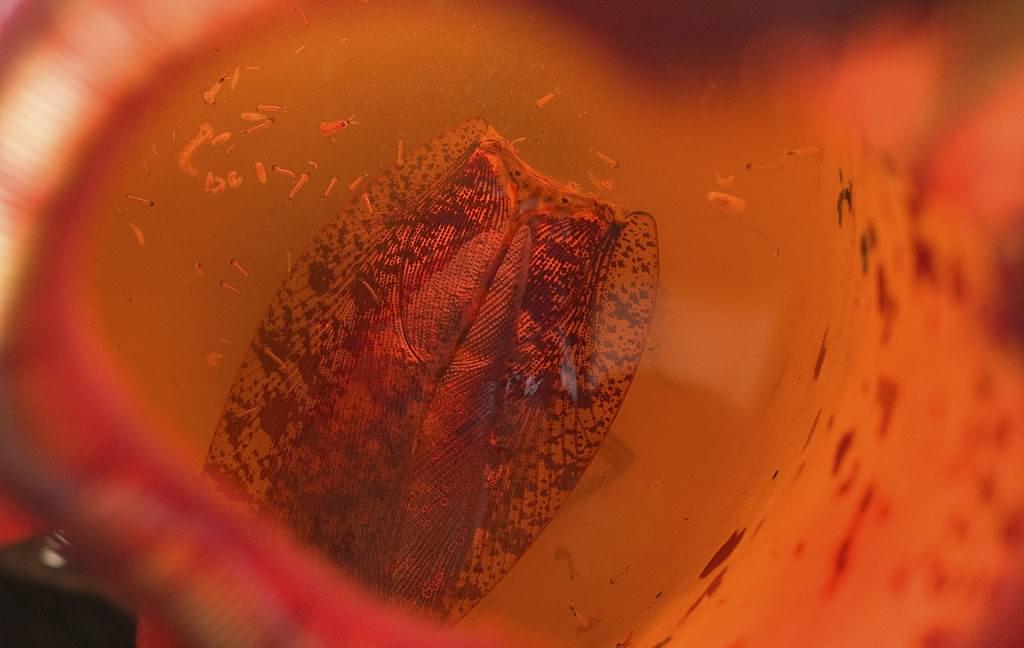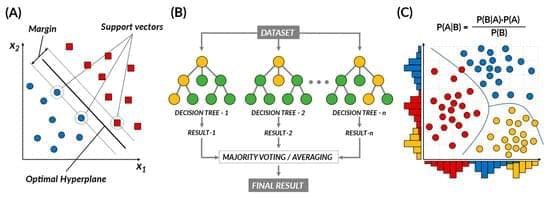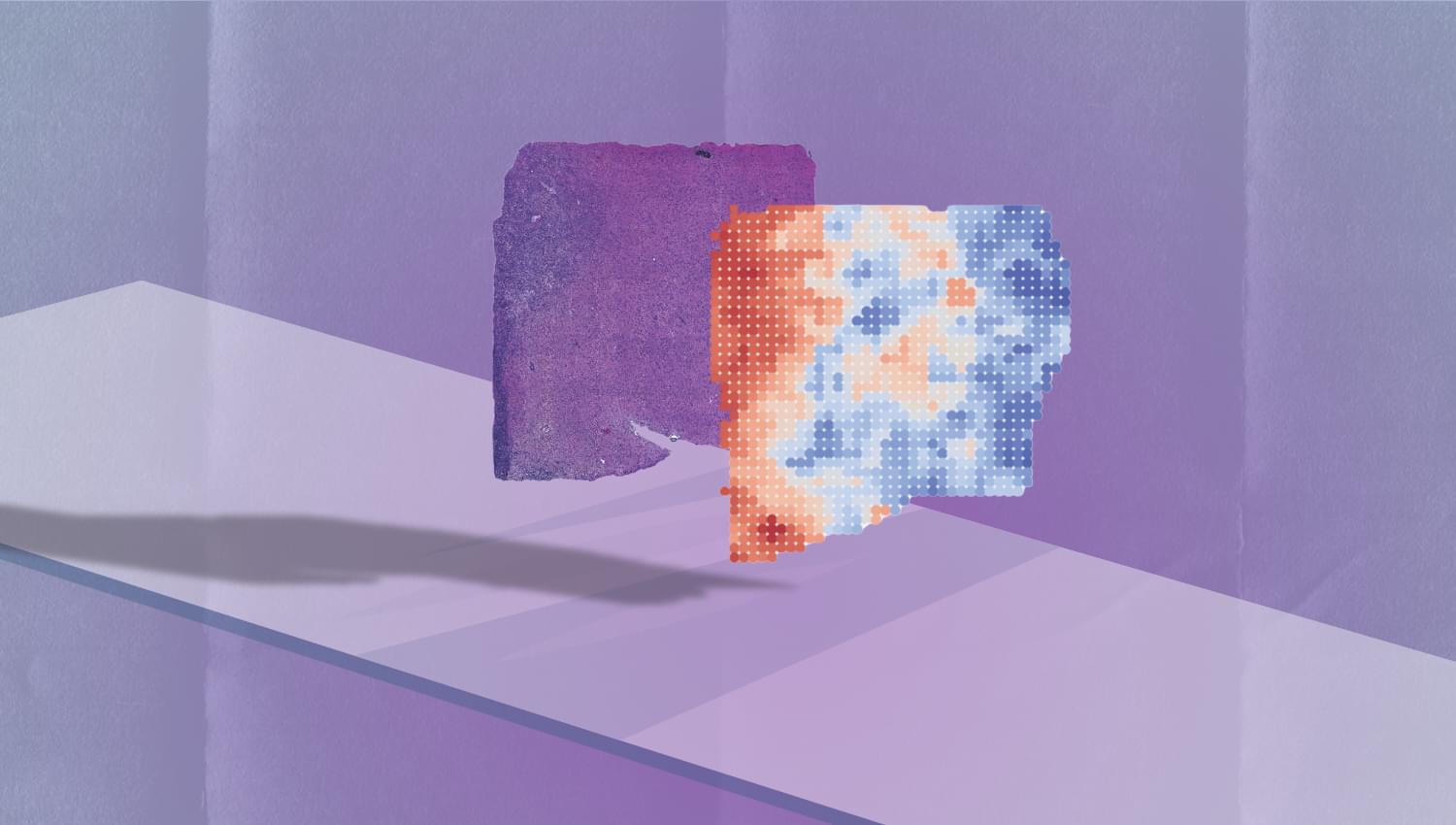Sodium is cheap and abundant, but the batteries can’t quite match lithium cells—so far.
A new humanoid robot prototype uses fluid-filled muscles to kick its legs while hanging.
Not everyone is willing to passively accept the future AI companies are shaping.
In an aggressive response to AI companies like OpenAI, independent developers have created “tarpits” — malicious software designed to trap and confuse AI scrapers for months on end.
The goal? To make AI companies pay a higher price for their relentless data collection and, perhaps, to slow the rapid commercialization of AI-driven content generation.
Inspired by cybersecurity tactics originally used against spam, these digital snares lure AI crawlers into endless loops of fake data, slowing their operations and potentially corrupting their training models. One such tool, Nepenthes, forces scrapers into a maze of gibberish, while another, Iocaine, aims to poison AI models outright.
While critics argue that these efforts may have limited long-term impact—since AI companies are developing countermeasures—supporters see tarpits as a symbolic act of resistance against AI’s unchecked expansion.
Han, R.; Yoon, H.; Kim, G.; Lee, H.; Lee, Y. Pharmaceuticals 2023, 16, 1259. https://doi.org/10.3390/ph16091259
AMA Style
Han R, Yoon H, Kim G, Lee H, Lee Y. Pharmaceuticals. 2023; 16:1259. https://doi.org/10.3390/ph16091259
Researchers used artificial intelligence to predict the activity of thousands of genes in tumors based on routinely collected images of tumor biopsies. It could guide treatment without costly genomic tests.
Scientists detected a record-breaking, ultra-high-energy “ghost particle,” neutrino named km3-230213a, with an underwater telescope.
Bryan Johnson took ketamine and monitored his brain activity for 15 days, recording the experience and sharing about it on X.
Johnson is a 47-year-old longevity-obsessed entrepreneur, known for sharing biohacking content across his social media channels. His most recent health experiment involved treatment with the popularized horse tranquilizer.
As he shared in a tweet, he wanted to test what happens to the brain before, during, and after ketamine treatment.
Ketamine has gained popularity as a fast-acting treatment for depression, PTSD, and chronic pain. Unlike traditional antidepressants, it works quickly by targeting the brain’s glutamate system to restore neural connections.
To monitor his brain activity, Johnson used his self-invented Kernel Flow—a form of non-invasive brain interface technology worn on the head.
Photonics researchers from Tampere University, Finland, and Kastler-Brossel Laboratory, France, have demonstrated how self-imaging of light, a phenomenon known for nearly two centuries, can be applied to cylindrical systems, facilitating unprecedented control of light’s structure with great potential for advanced optical communication systems. In addition, a new type of space-time duality was explored for powerful analogies bridging different fields of optics.
In 1836, Henry F. Talbot performed an experiment, where he observed light patterns that naturally reappear after some propagation without the use of any lenses or imaging optics—a self-imaging phenomenon nowadays of then termed the Talbot effect.
Recently, researchers interested in sculpting light from the Experimental Quantum Optics Group (EQO) in Tampere University, as well as the Complex Media Optics group at Kastler Brossel Laboratory, in Ecole Normale Supérieure, Paris, have teamed up and investigated the self-imaging Talbot effect in cylindrical systems in greater depth than ever before. The presented interesting fundamental physics and powerful applications in optical communications have now been published in the journal Nature Photonics.
Scientists have developed Rhobo6, a light microscopy probe that reveals extracellular matrix structures in live tissues, advancing biological research and disease diagnostics.
Rhobo6 is a light microscopy probe that selectively binds to extracellular matrix glycans, increasing its fluorescence and allowing clear visualization of these structures in live tissues. This innovative tool enables researchers to study the extracellular matrix in detail without disrupting native biological processes, offering new insights into tissue biology and disease.
Before arriving at Janelia three years ago, Postdoctoral Scientist Antonio Fiore was designing and building optical instruments like microscopes and spectrometers.









